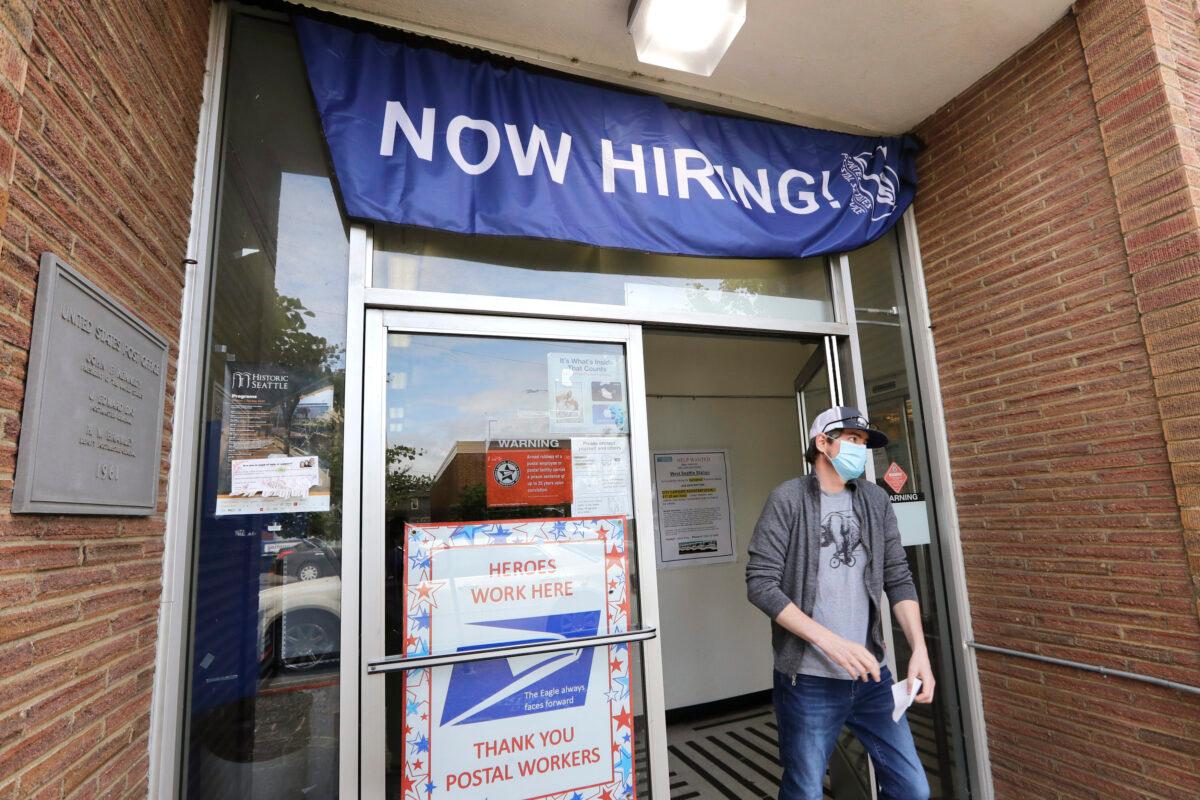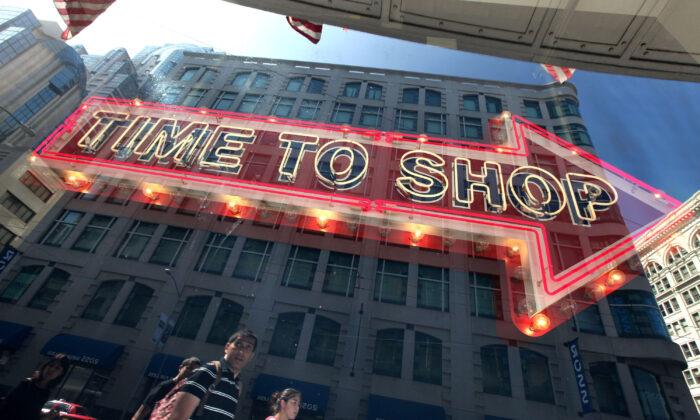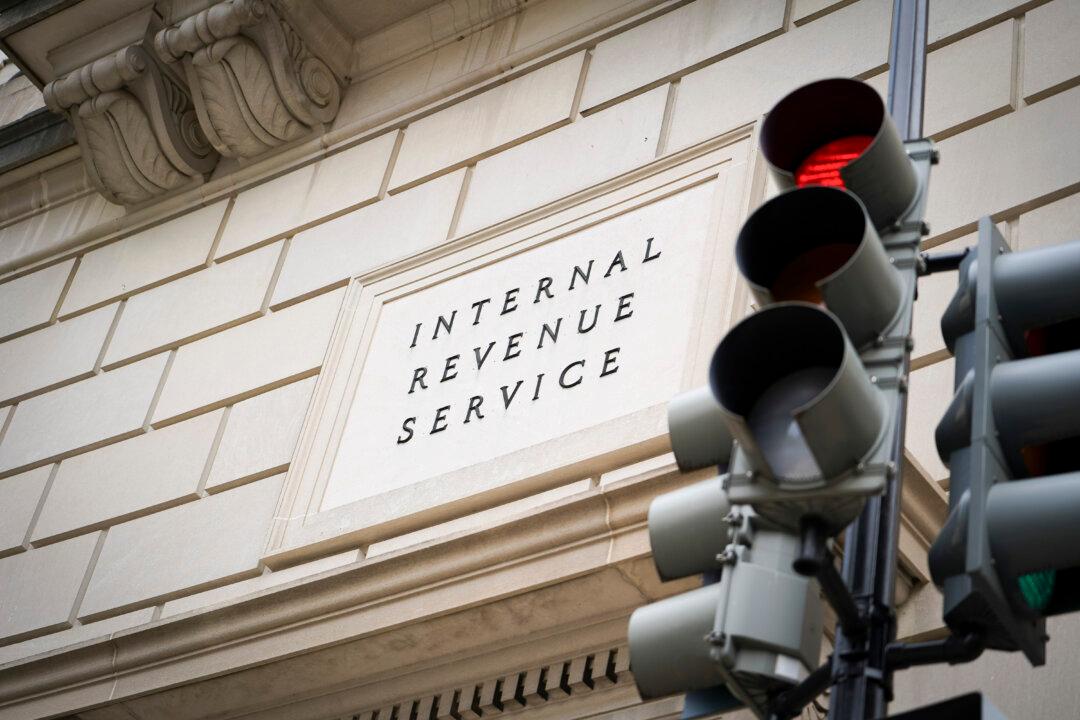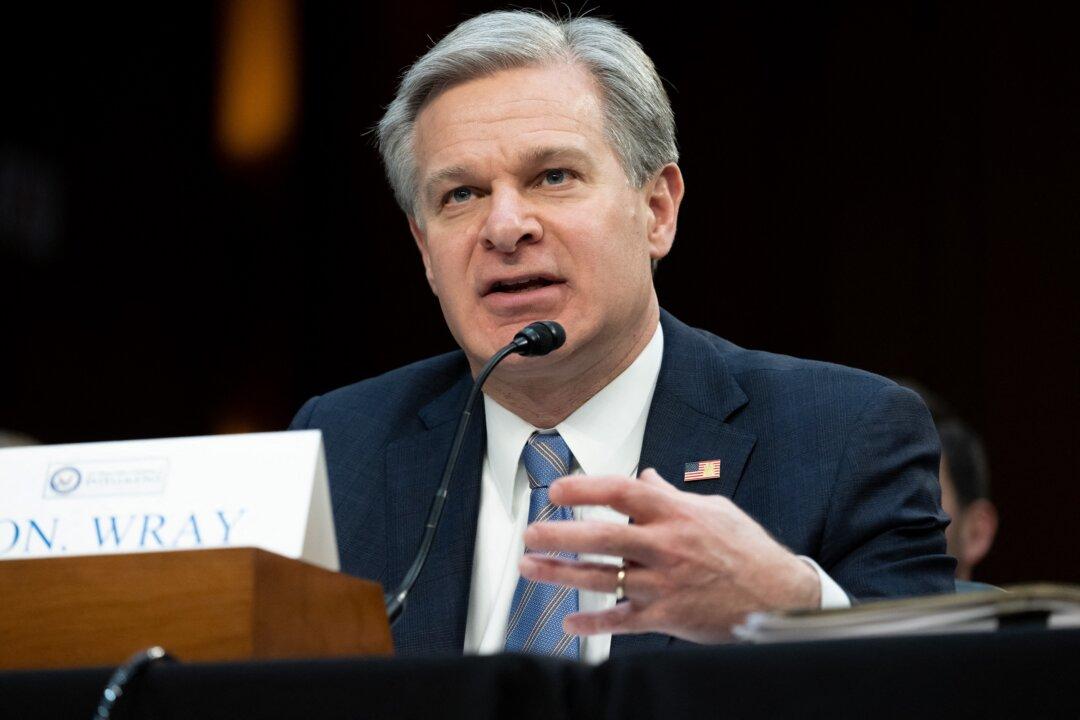Economists polled by Reuters and the Wall Street Journal had forecast that the consumer sentiment index would rise to 75 in early June, but the actual figure came in at 78.9, beating expectations.
Consumer sentiment perked up in early June as households responded to the reopening of businesses, which had been shuttered to slow the spread of COVID-19, as well as a rebound in hiring.
Richard Curtin, Surveys of Consumers chief economist, said in a note Friday that the rebound in consumer sentiment was mostly driven by the recent positive jobs numbers, helped by expectations that the labor market would continue to improve.
“The turnaround is largely due to renewed gains in employment, with more consumers expecting declines in the jobless rate than at any other time in the long history of the Michigan surveys,” Curtin said.
The most recent Labor Department jobs report showed that the U.S. economy regained 2.5 million jobs in May and the unemployment rate fell to 13.3 percent, widely defying pessimistic expectations.

Still, while the forecast-beating consumer sentiment number represents a 9.1 percent rise compared to May, it is 19.7 percent lower compared to the year-previous period.
He said a common view among analysts is that the shock of the COVID-19 outbreak and the benefits of social distancing measures to contain its spread will make people “less likely to risk being in crowds in the future.”
Also, the financial hardships that people suffered as the economy went into freefall due to widespread lockdowns and business shutdowns will drive people to increase their emergency savings and thus reduce discretionary spending.
“This is the rational response when consumers are faced with significantly higher risks to their health and finances,” he said, adding that while common assumptions among behavioral scientists is that when the factor that elevates risk, in this case the pandemic, disappears, things should revert back to normal. Curtin said that this view may not fully account for the severity of the emotional blow delivered to consumers by the outbreak and responses to it.
“Despite the expected economic gains, few consumers anticipate the reestablishment of favorable economic conditions anytime soon. Bad times financially in the economy as a whole during the year ahead were still expected by two-thirds of all consumers, and a renewed downturn was anticipated by nearly half over the longer term,” he said.
He said that people responding to the Michigan survey most commonly pointed to a resurge in the spread of COVID-19 as the biggest risk for a renewed downturn. The most common reason for a sluggish economic recovery “is the financial damage from persistently high unemployment,” Curtin said.
While the survey showed consumer uncertainty has improved, people’s worries about their jobs have had a “significant impact on consumers’ willingness to make discretionary purchases.”
The Michigan survey also measured consumers’ perceptions about current economic conditions and their expectations for the future.
The Current Economic Conditions number showed a 6.7 percent increase between May and June, with a reading of 87.8 in June compared to 82.3 in May.
The Index of Consumer Expectations, a measure of optimism about the future state of the economy, showed the biggest month-over-month improvement, increasing by 10.9 percent from 65.9 in May to 73.1 in June.






Friends Read Free